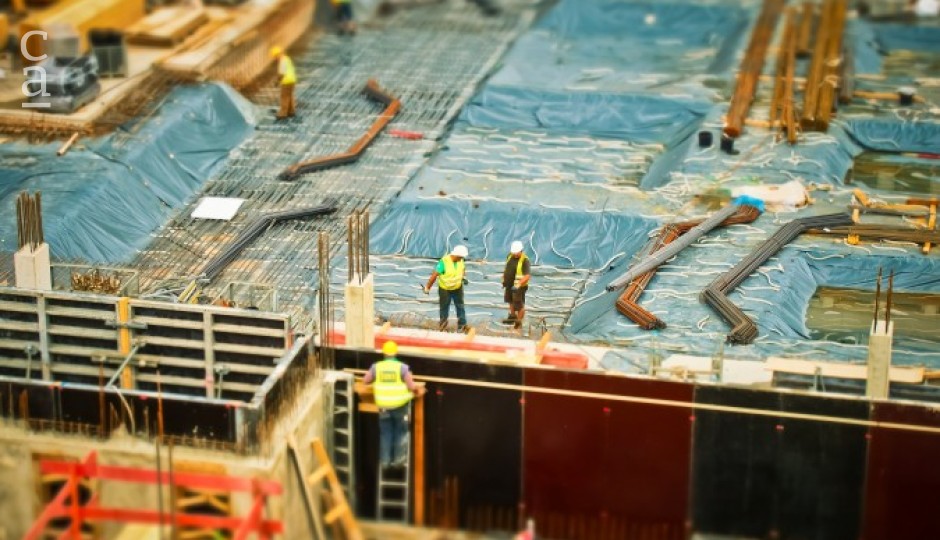Delay analysis in construction disputes
How can you get the arbitral tribunal to trust your method?

At the arbitral proceedings, the contractor invites an expert (engineer or quantity surveyor) to help support the contractor’s delay claims. The expert will then deploy its preferred delay analysis method (“method”) in establishing the delay. The aim is to convince the tribunal that the contractor is entitled to an extension of time and possibly additional payment.
In delay claims, it is common for experts to deploy either of the following methods – Impacted As-Planned Analysis; Time Impact Analysis; Time Slice Windows Analysis; As-Planned versus As-Built Windows Analysis; Retrospective Longest Path Analysis and Collapsed As-Built Analysis.
While the arbitral tribunal (“the tribunal”) will recognize any method, there are three key requirements every method must satisfy before the tribunal can accept it. What this means is that the arbitral tribunal will reject any method that cannot satisfy ALL the three requirements. These three requirements are:
(a) The chosen method must be comprehensive;
(b) The chosen method must be drawn from the facts of the case;
(c) The facts referred to in the method must establish the cause and effect of the delay claimed.
The chosen method must be comprehensive
Experts should ensure that their methodologies are easy to read and understand. The tribunal is likely to discard a convoluted method for one that it can understand. In White Construction Pty Ltd v. PBS Holdings Pty Ltd, both parties’ expert civil engineers adopted different delay analysis methods. While White’s expert used the “collapsed as-built (or ‘but-for’) analysis”, PBS’ expert used the “as-planned versus as-built windows analysis”. Although the court had no issues with the parties’ choice of delay analysis methods, the court found both methods to be ‘complex and impenetrable to the unschooled’. The court therefore sought help from a neutral expert engineer. The court relied on the neutral expert engineer’s method as it was easy to comprehend.
The chosen delay analysis method must be drawn from the facts of the case and not based on assumptions
One question the tribunal will seek to answer is whether the chosen delay analysis method is based on facts or based on scientific opinions or conclusion. If the delay analysis is based on assumptions or opinions, the tribunal will not rely on it. However, if the expert supports its delay analysis method with facts, the tribunal will be persuaded to order an additional time or payment.
The experts can only get the facts from the contemporaneous records, which are mostly made up of the programme and site diary. Both documents show the progress of works and timeline for completion of construction activities. An updated programme and site diary are invaluable tools in confirming a delay, the activities affected by the delay and the extent of this delay.
The facts referred to must establish the cause and effect of the delay claimed
While the delay analysis method must apply the facts, the tribunal will need to see that the facts referred to confirm that the acts of the employer delayed the project and the extent of this delay (cause and effect). If the facts referred to in the method cannot establish these two requirements, then the tribunal will not accept the method.
To pass this requirement, the expert’s method will need to show four critical points:
• The date when the entire project would have been completed.
• The event that delayed the works.
• That the delay event prevented the completion of other works or the project and that the programme could not be reasonably varied to accommodate the consequences of the delaying event.
• That other works could not have been done to fill downtimes to save time later.
One reason facts in a method may fail to establish cause and effect of the delay is because of the mistakes parties make in failing to regularly update their records during performance of works. And so there is no information on the delay activity or its consequences.
In White’s case, the primary source of evidence was the diary. The diary listed the delay events on site such as “waiting for approved sewer design”, “waiting for sewer and water subcontractor to start re-design work” and “waiting for sewer design to be approved”. However, the diary did not identify the activities that were affected by the wait. The diary did not also reveal the consequences of the wait.
Note to contractors and project owners
Whilst parties can use any method to analyze delays, it is important that the methods chosen satisfy all the three requirements discussed above. Experts preparing reports must be familiar with these requirements and comply accordingly.
Also, parties must endeavor to update records regularly. This will help substantiate delay claims. An insufficient record may not sustain a delay claim.

Osinachi Nwandem is a lawyer and arbitrator with vast experience and expertise in construction law and arbitration. He also had prior exposure to litigation and arbitration in a range of commercial disputes ranging from contracts, labour and employment, debt recovery, telecommunications, maritime and taxation.
He practices at the law firm of Aluko & Oyebode, which is based in Nigeria and has been rated as one of Africa's leading law firms.
Osinachi received his law degree from the Rivers State University of Science and Technology, Port Harcourt Nigeria. He obtained his LL.M. degree from the University of Ibadan, Nigeria.
He has a particular interest in assisting clients to resolve their construction disputes and is passionate about developing the practice of construction law in Nigeria. He is a member of the Institute of Construction Industry Arbitrators (ICIArb), the International Bar Association and the Nigeria Bar Association – Section on Business Law.
Osinachi is a regular contributor to several peer-review journals, texts and publication platforms including the Gravitas Law Review, AELEX Article Series and Mondaq, where he proffers viewpoints on recent developments in construction disputes and contracts.

